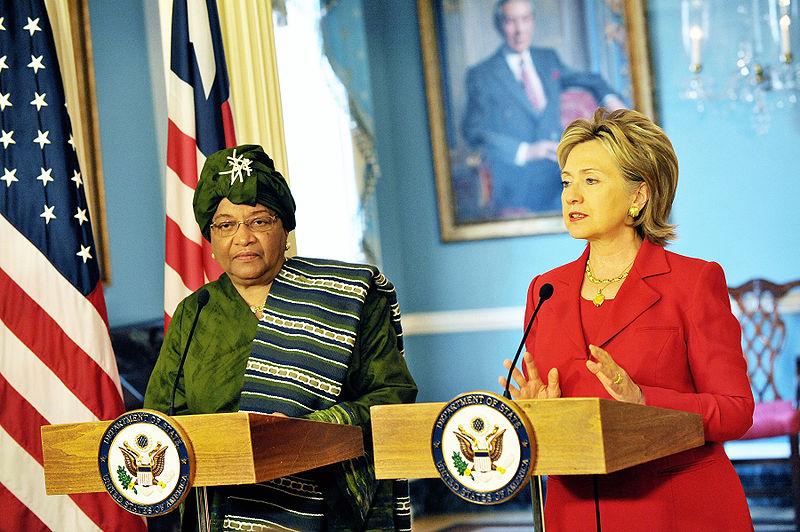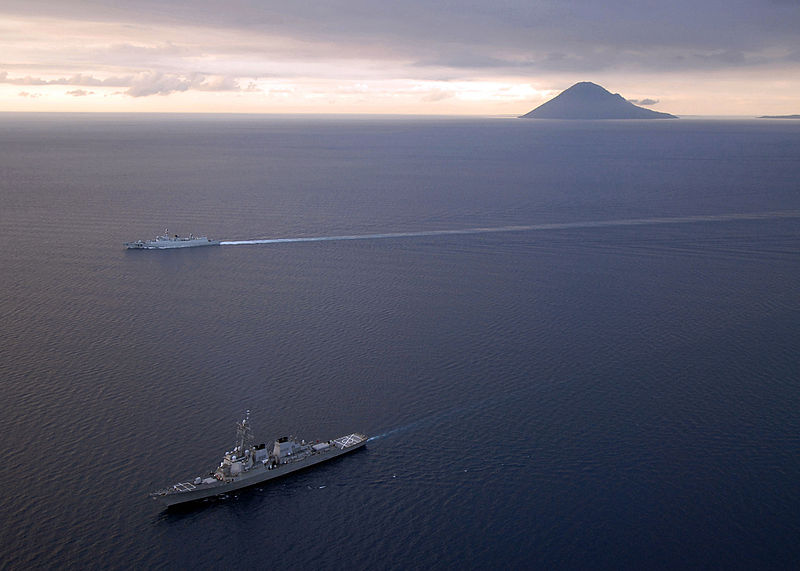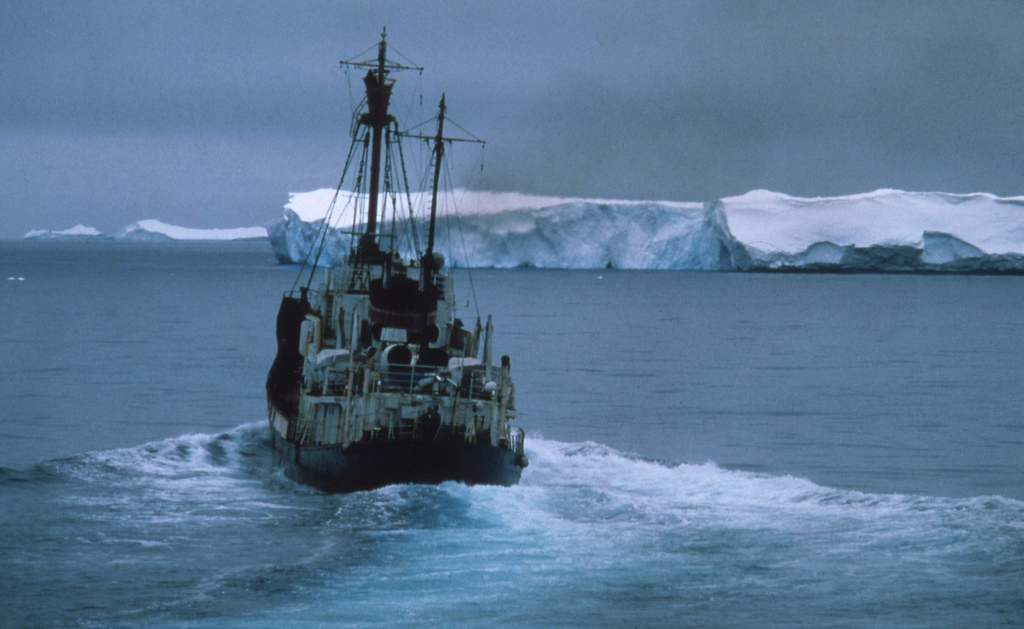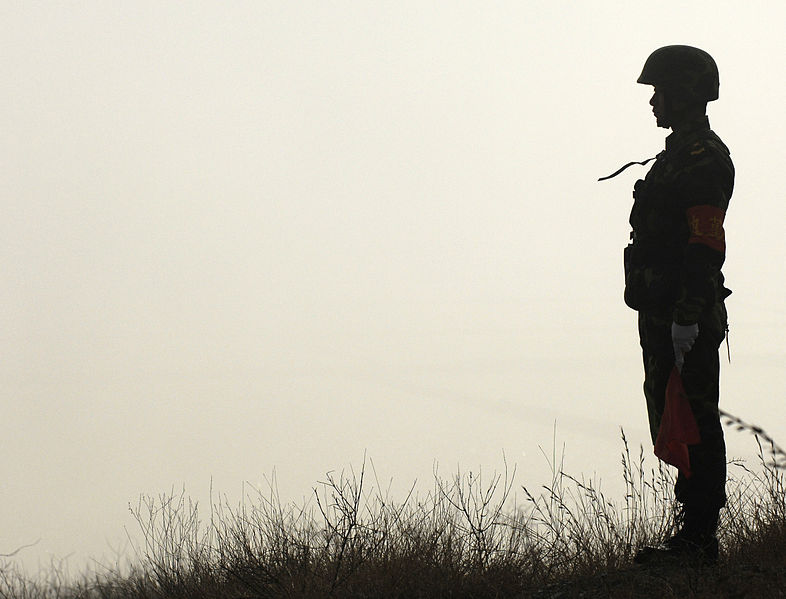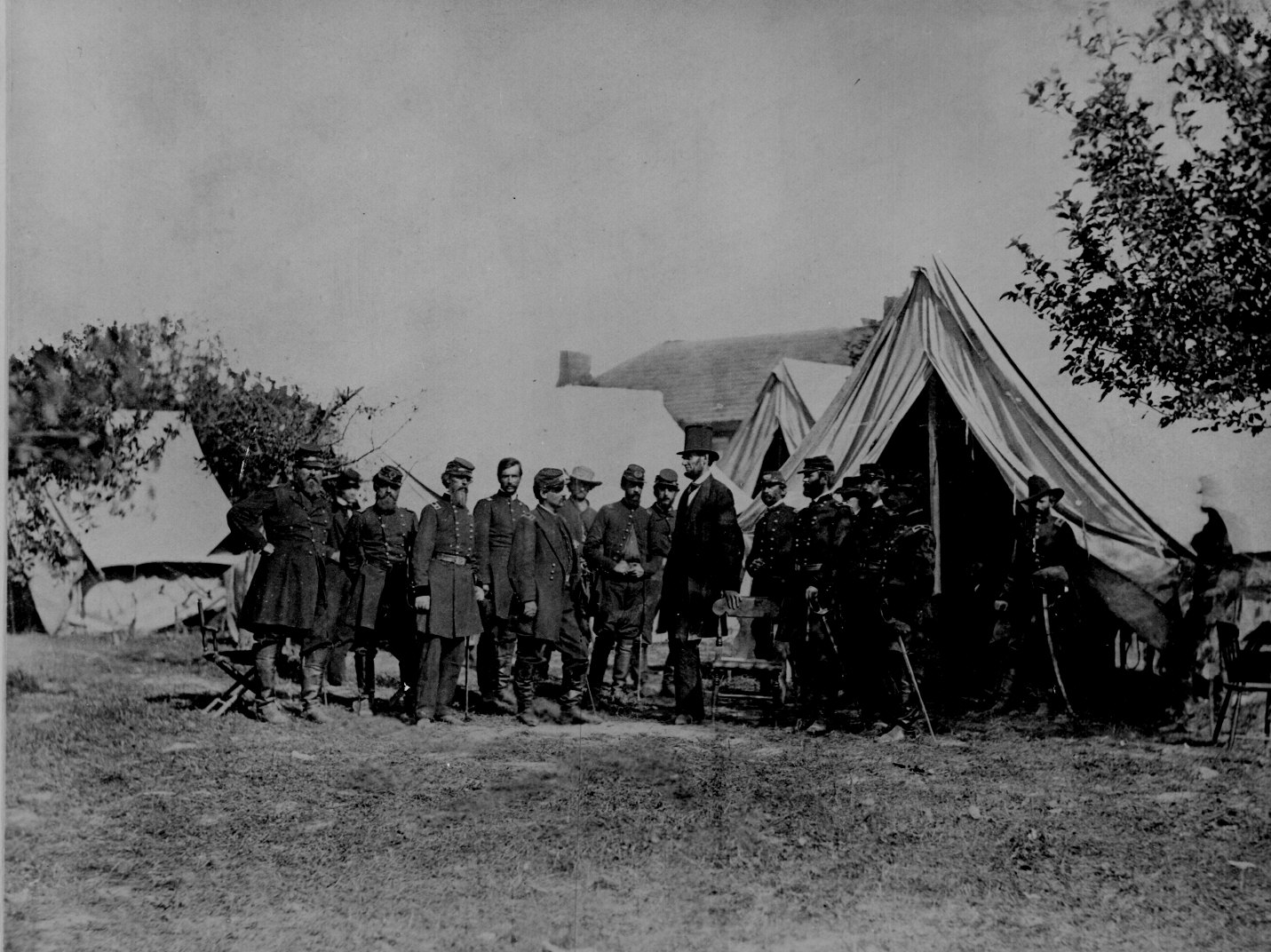How to manage long project timelines? (part 2)
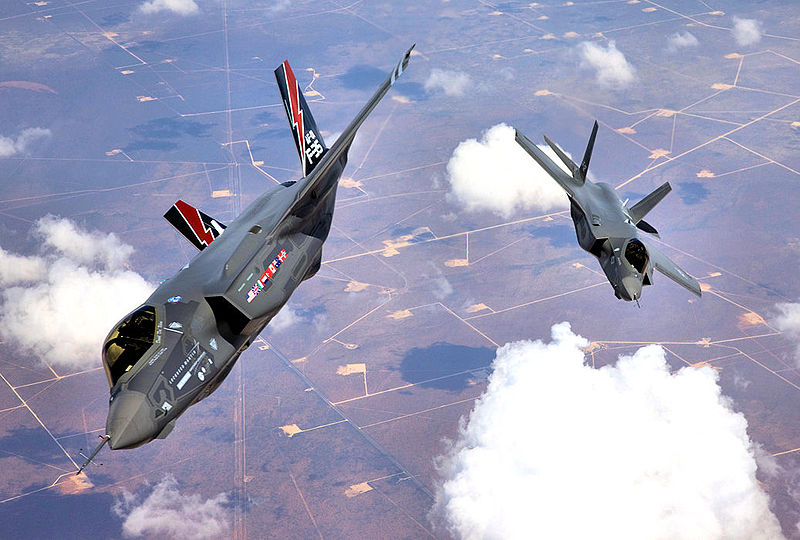 I discussed previously that force structure planning should take into account that new equipment projects have very long timelines—Andrew Davies’ post this morning explains clearly the downsides of getting the planning wrong. It might help to think of the future force structure as progressively emerging. Seen in that light, the aim of the Defence Capability Plan (DCP) is to continually refresh the force structure, rather than simply charting the sporadic path of multiple unconnected projects or as a blueprint for a ‘final’ future force. Under this concept, the key issues are the time when new capabilities enter and leave the force structure. Factoring realistic times into the DCP can provide some useful ways to manage the downsides of long project timelines.
I discussed previously that force structure planning should take into account that new equipment projects have very long timelines—Andrew Davies’ post this morning explains clearly the downsides of getting the planning wrong. It might help to think of the future force structure as progressively emerging. Seen in that light, the aim of the Defence Capability Plan (DCP) is to continually refresh the force structure, rather than simply charting the sporadic path of multiple unconnected projects or as a blueprint for a ‘final’ future force. Under this concept, the key issues are the time when new capabilities enter and leave the force structure. Factoring realistic times into the DCP can provide some useful ways to manage the downsides of long project timelines.
For this, Defence is surprisingly well placed in being able to choose acquisition strategies across the continuum from developmental to off-the-shelf (OTS), from government-to-government to commercial contracts, and from many different countries, including Australia. Moreover, the OTS acquisitions can be new build, second-hand, leased or rented. There are considerable differences in the time to operational delivery across this spread of acquisition strategies, and with thought these time differences can be usefully exploited. Read more

